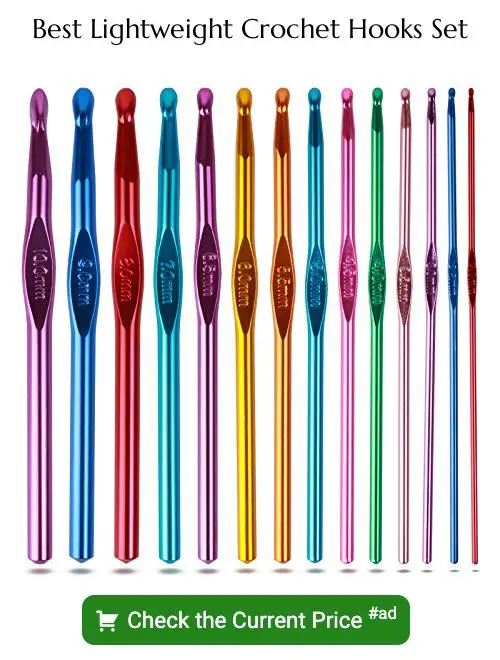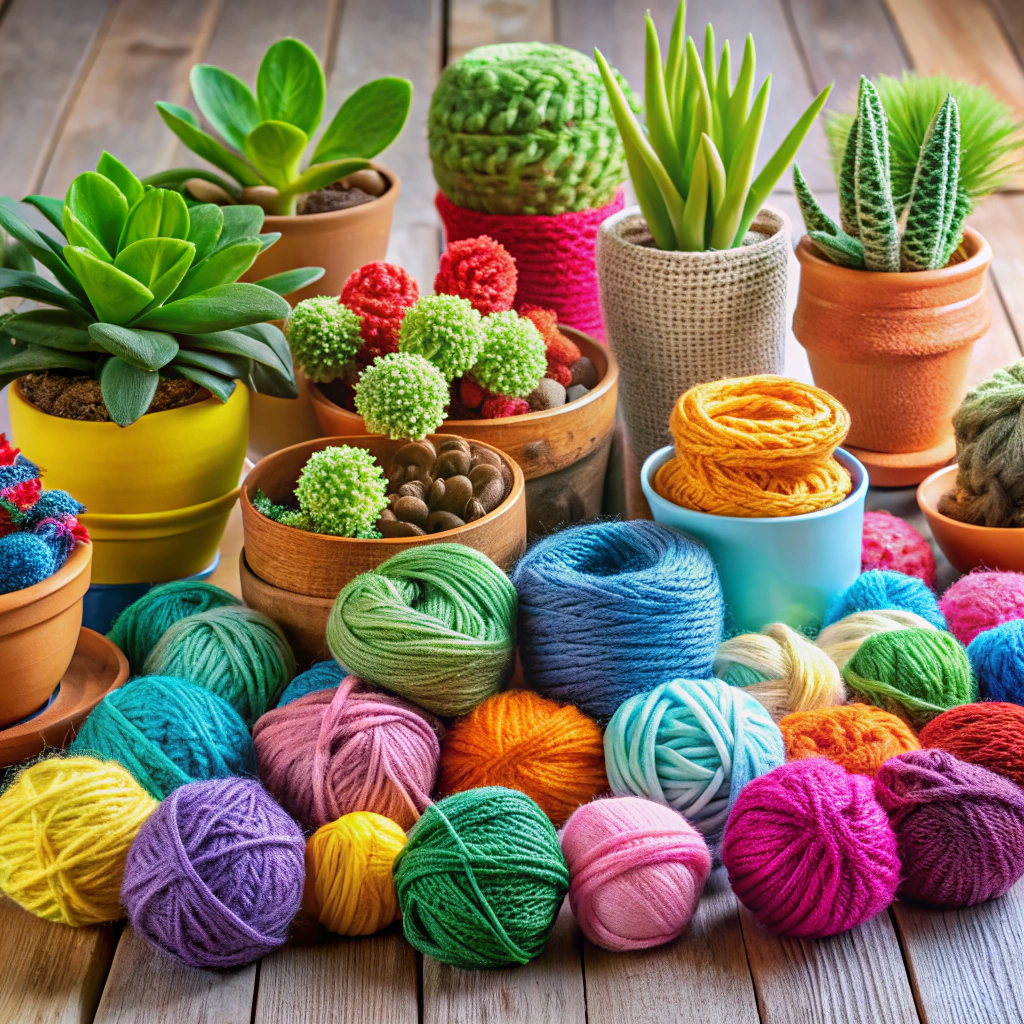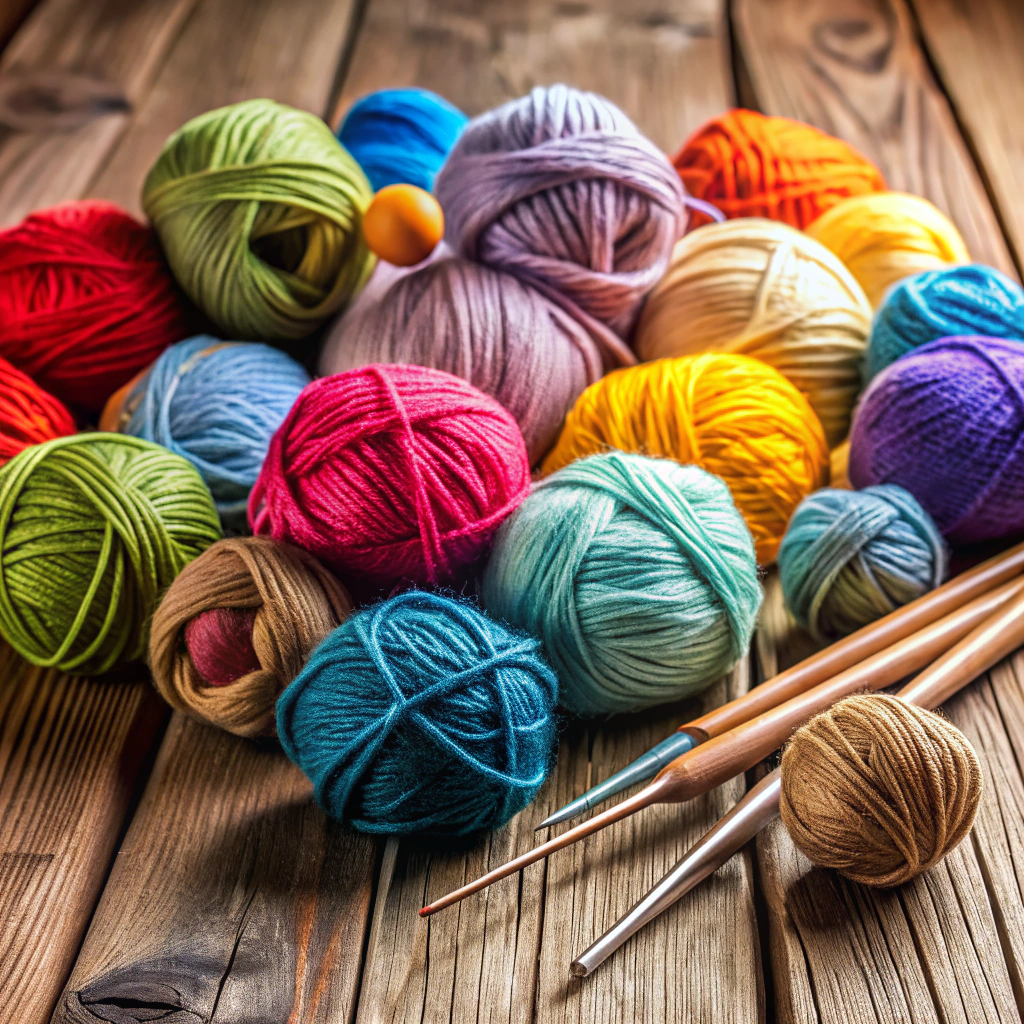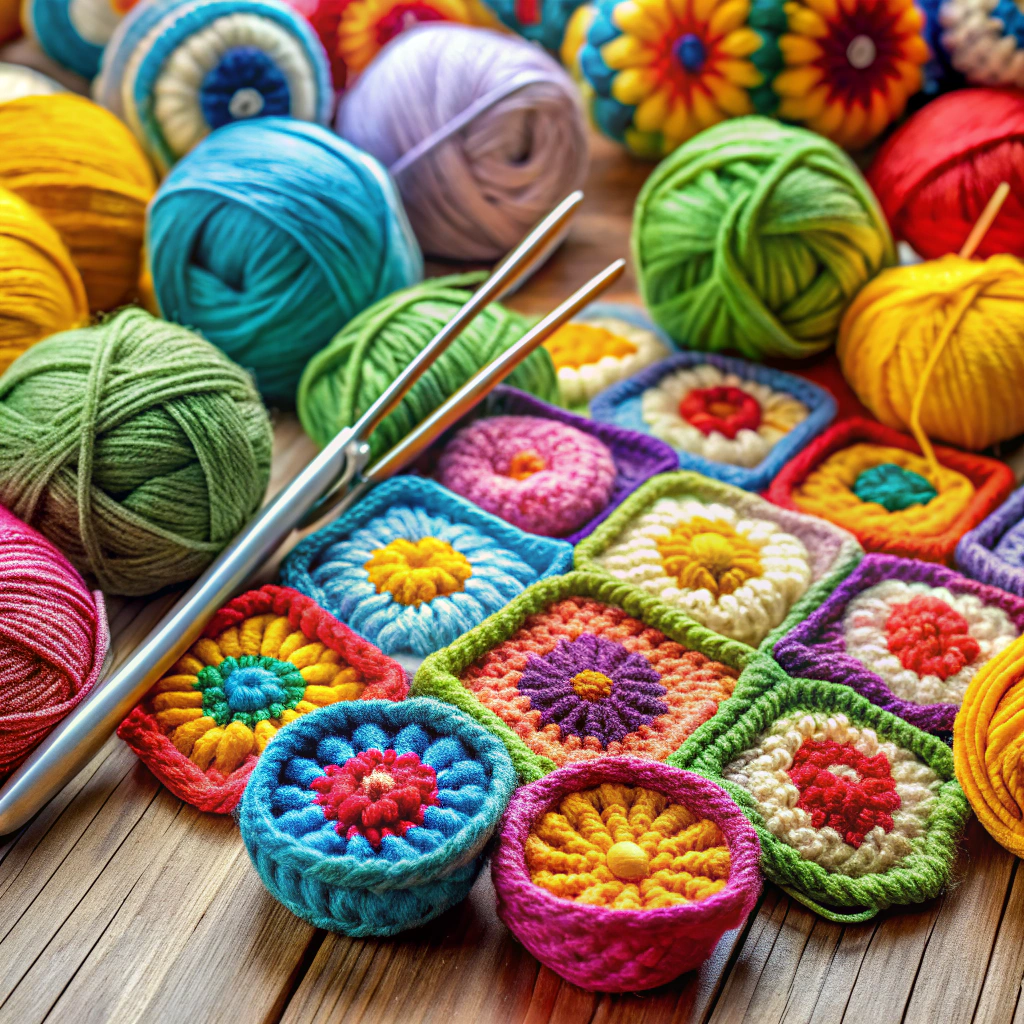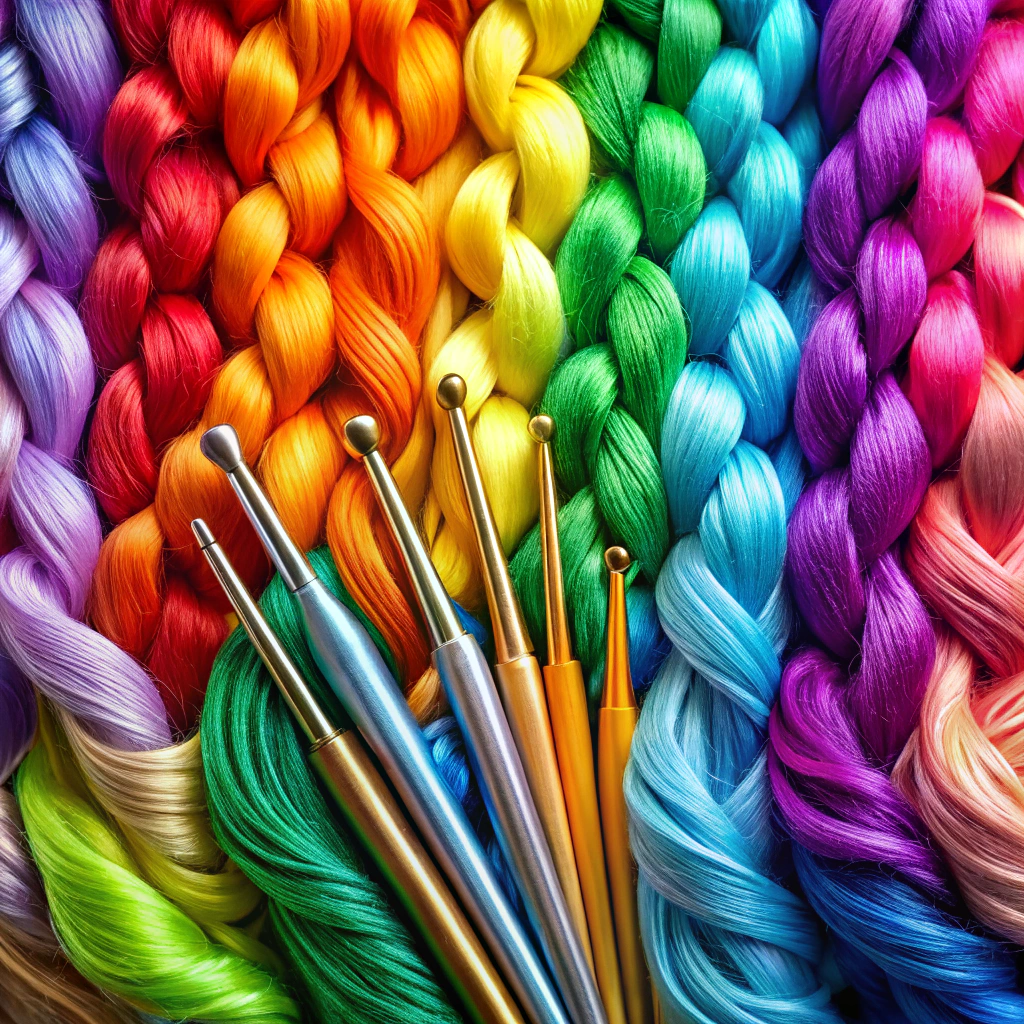Unraveling the mystery, this article will delve into identifying which crochet stitch consumes the least amount of yarn.
The single crochet stitch is recognized as the stitch that uses the least amount of yarn. It’s a simple, compact stitch that creates a tight, dense fabric, making it highly efficient in terms of yarn usage.
This article will delve into the details of the single crochet stitch, providing comprehensive instructions on how to create it, as well as tips for maximizing yarn efficiency. It will also compare the yarn usage of different stitches to give you a broader understanding of the topic.
With this information, you’ll be equipped to make the most of your yarn stash and create beautiful, economical crochet projects.
Key takeaways:
- Single crochet stitch uses the least amount of yarn
- Stitch height, complexity, density, working method, and hook size affect yarn usage
- Treble crochet stitch uses less yarn than double crochet
- Solomon’s Knot and Angel Stitch consume less yarn
- Lace crochet stitches inherently use less yarn
Understanding Yarn Consumption in Different Crochet Stitches
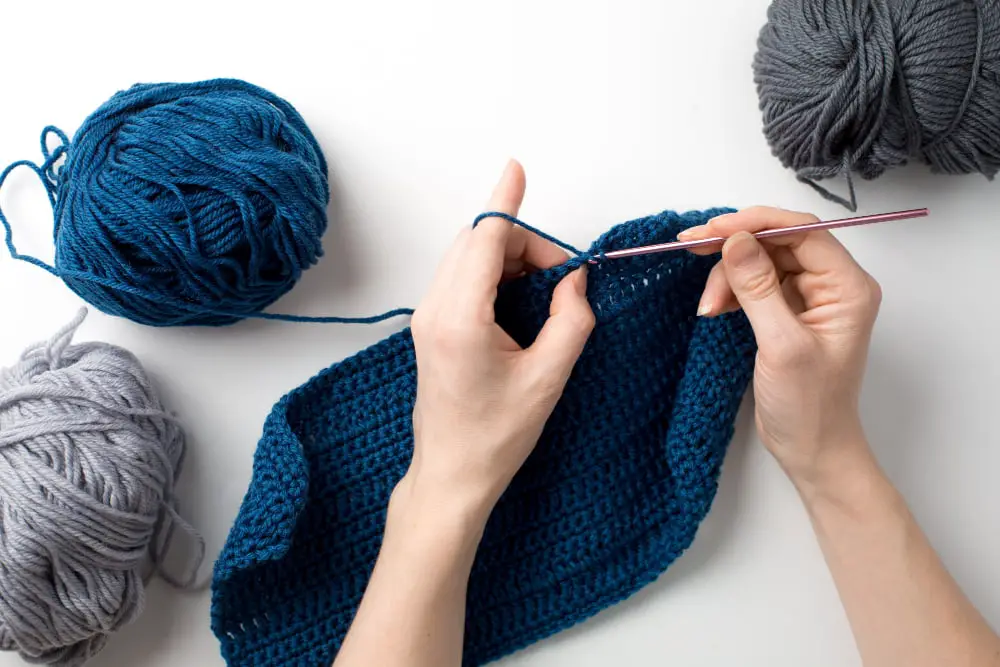
Understanding the concept of yarn consumption in crochet is crucial to managing your project resources effectively. The amount of yarn a crochet stitch uses depends on several factors:
- Stitch Height: Taller stitches like the treble or double treble naturally use more yarn compared to shorter stitches like the single crochet.
- Stitch Complexity: Complex stitches tend to eat up more yarn. They involve additional yarn overs or pulling through loops that increase yarn use.
- Stitch Density: Tightly woven stitches consume more yarn than lax ones. A dense stitch, like the single crochet, uses more yarn to fill the same space as a looser stitch, like the double crochet.
- Working Method: Working in back and forth rows often consumes less yarn than crocheting in the round, due to the lack of slip stitches and turning chains.
- Hook Size: Using a larger hook can decrease the amount of yarn used, as it creates larger loops and thus covers more area with the same length of yarn.
To ensure you have sufficient yarn for a project, consider these factors and perhaps make a test swatch. This will allow you to see how much yarn a certain stitch in your chosen pattern will consume.
Comparing Basic Crochet Stitches for Yarn Usage
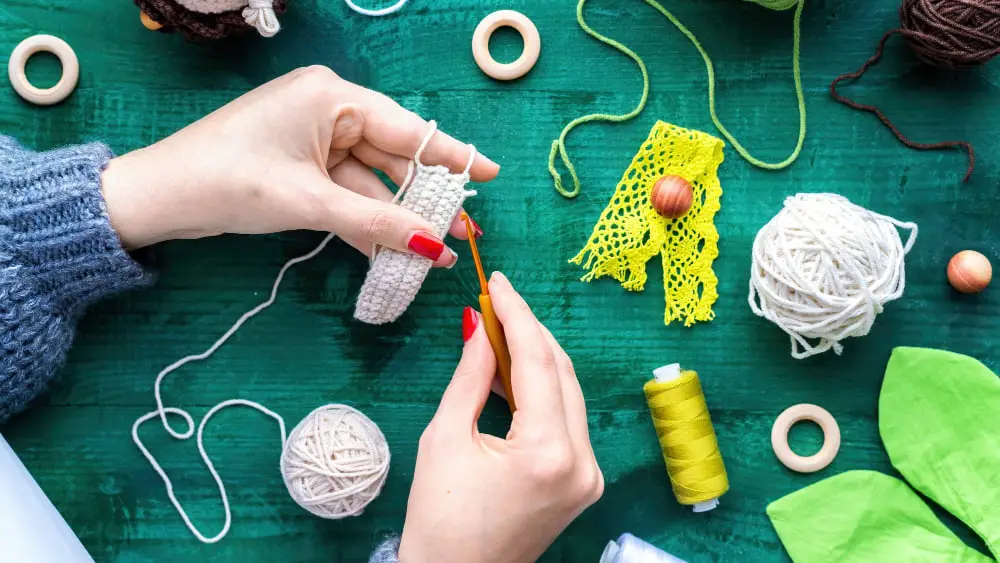
To initiate the yarn usage comparison, understanding basic crochet stitches is crucial.
Single Crochet (sc) is a fundamental stitch, forming a tight, dense fabric. As a compact stitch, it tends to use a considerable amount of yarn.
Half Double Crochet (hdc) is slightly looser and taller than sc, and its yarn usage varies. Although it uses more yarn per stitch than sc, fewer stitches are needed to cover the same surface area, potentially leading to lesser yarn consumption overall.
Double Crochet (dc), conversely, is tall and relatively open, so it uses slightly more yarn per stitch than hdc, but again, fewer stitches are needed due to its height, arguably making it more yarn-efficient than sc.
For Treble Crochet (tr), the height increases and so does the yarn usage per single stitch, yet fewer stitches can win the yarn economy again.
Please note that yarn usage will depend on the tension held with the yarn while crocheting, the size of the project, and the specific yarn used. All these factors contribute to the end result of how much yarn a particular stitch will use. Practice with samples to make an informed decision about which stitch is right for a given project.
Investigating Double and Treble Crochet Stitches’ Yarn Usage
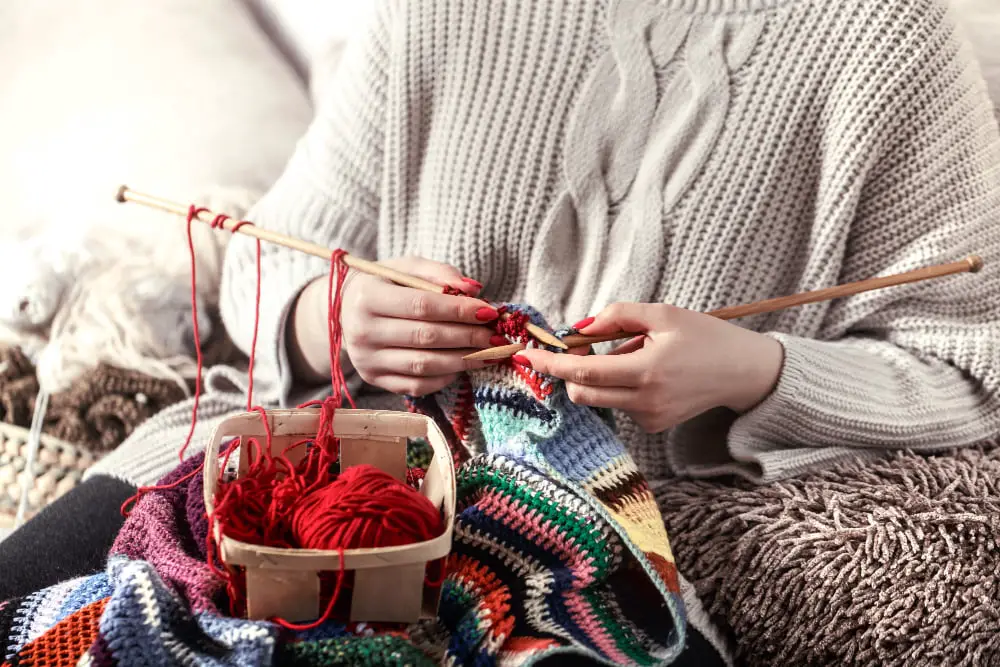
Double and treble crochet stitches appear fuller than most basic stitches, resulting in a higher yarn consumption. Each of these stitches creates additional height, hence using more yarn for each individual stitch.
In a double crochet stitch, you need to ‘yarn over’ once before inserting the hook into the previous row. Upon pulling through, you are left with three loops on the hook. You then ‘yarn over’ and pull through the first two loops, followed by another ‘yarn over’ and pulling through the final two loops.
Treble crochet, on the other hand, necessitates two ‘yarn over’ steps before inserting the hook. It results in four loops on the hook. Like in the double stitch, first you ‘yarn over’ and pull through the first two loops. Repeat this step twice more to complete the stitch.
Though these two stitches may look more intricate and dimensional, their yarn usage is significantly higher due to the additional ‘yarn over’ steps.
Examining Solomon’s Knot and Angel Stitch in Terms of Yarn Consumption
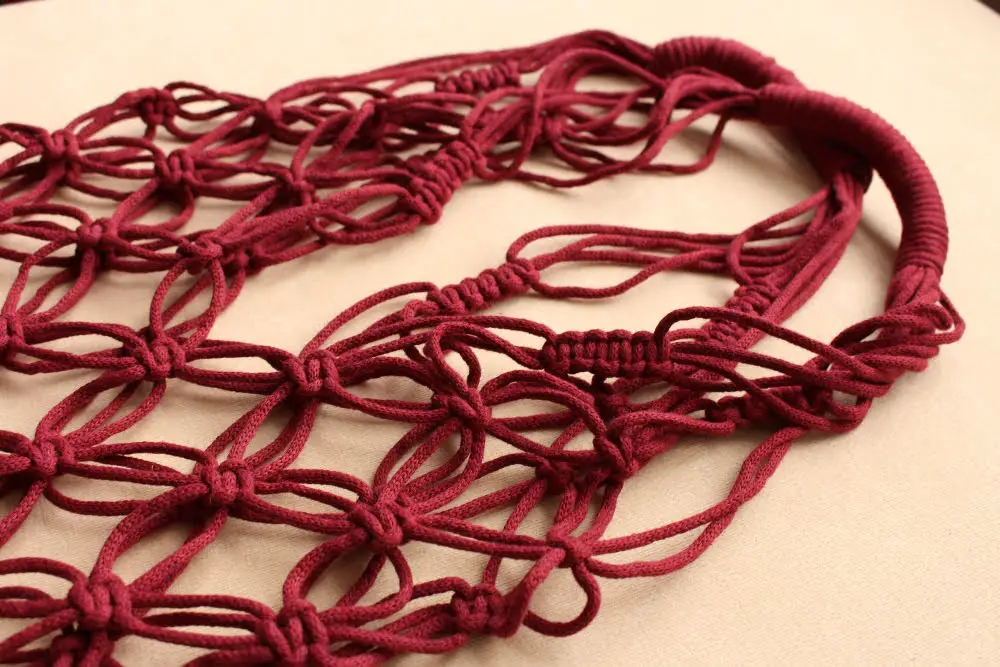
Solomon’s Knot, also known as the Love Knot, consumes a remarkably low amount of yarn due to its openwork design. It is created by drawing up long loops and securing them with a single crochet. As an airy and light stitch, it is perfect for shawls, scarves, and summer tops.
Contrarily, the Angel Stitch, while lovely and textured, uses a relatively larger volume of yarn. Incorporating a series of chain stitches, single crochets, and double crochets, it creates a dense and tight fabric. Great for winter accessories and blankets, it provides warmth but comes with significant yarn consumption.
Here are key steps to create Solomon’s Knot:
- Make a loop.
- Pull the loop up to the desired height.
- Yarn over and pull through, creating a single crochet to secure the knot.
And for the Angel Stitch:
- Chain a multiple of 4.
- Make 5 double crochets in the same stitch.
- Skip 3 chains and make a single crochet in the next chain.
- Repeat.
The choice between the two stitches depends primarily on the purpose of the project and the desired end result. Both stitches offer different aesthetic and functional benefits.
Exploring Lace Crochet Stitches and Their Yarn Use
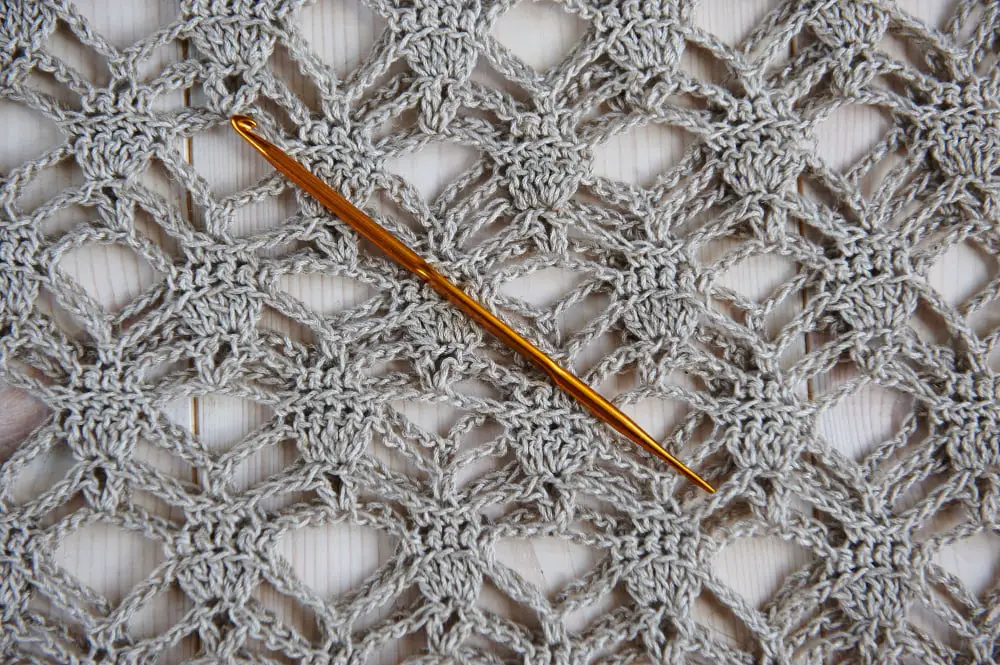
Lace crochet stitches, known for their intricate designs and impressively light weight, inherently use less yarn compared to their solid stitch counterparts. This is due to two primary factors:
- The distinctive characteristic of these stitches is the use of chains and skip-stitch techniques to form beautiful open-work patterns. The resulting gaps and the minimal stitches fill less space meaning less yarn is needed.
- Secondly, variations of lace stitches, such as the shell, V-stitch, or pineapple, further reduce yarn usage with their unique pattern structures.
While they may appear complex, you can master lace crochet stitches with patience and practice. Start with basic stitches such as chain stitches and double crochet before progressing to more elaborate stitch patterns.
Remember to select yarn and crochet hooks appropriate for lacework. Choosing thin, lightweight yarns, and smaller hooks can enhance intricacy and, in turn, decrease the amount of yarn used.
Additionally, to truly maximize yarn usage, choose patterns with large open-work sections over those with more solid stitches intertwined.
Experiment and adapt – adjusting the tightness of your stitches, and the combination of different stitches can also impact yarn consumption. Try variations in tension and stitch combinations to identify what works best for you.
Results of Yarn Usage Experiments With Different Crochet Stitches

Findings show interesting patterns of yarn usage among different stitches. Single crochet, known for its simplicity, surprisingly consumes a significant amount of yarn because of its dense construction. Half-double crochet, with a slightly looser build but a compact stitch, uses slightly less yarn than the single crochet. The double crochet, with increased height and comparative looseness, conserves more yarn in making large parts of the project.
But the real game-changer in yarn conservation is the treble crochet stitch. Using even less yarn than the double crochet, it is excellent for larger projects where volume is prioritized over density.
Solomon’s Knot and Angel stitch, known as “loose” stitches, consume comparably lesser yarn. These are inherently open stitches, lending airiness to the patterns and help in conserving yarn.
Lace stitches vary wildly depending on the specifics of the pattern, with some consuming more or less than the Solomon’s Knot. Featuring openwork designs, these stitches largely help save yarn but may sometimes need more depending on the intricacy.
Experiments also showed that yarn usage not only depends on the stitch type but also largely on the tension maintained while crocheting. A tighter tension typically results in more yarn consumption. Adjusting this can significantly impact how much yarn your project uses.
Practice these stitches and maintaining a consistent tension can aid in managing your yarn usage effectively. Remember that the balance between stitch type and tension is essential in making your project both visually appealing and economically efficient. You may also find experimenting with different combinations of stitch types for variable texture and yarn utilization enlightening.
Tips for Crafting Crochet Stitches That Use Less Yarn
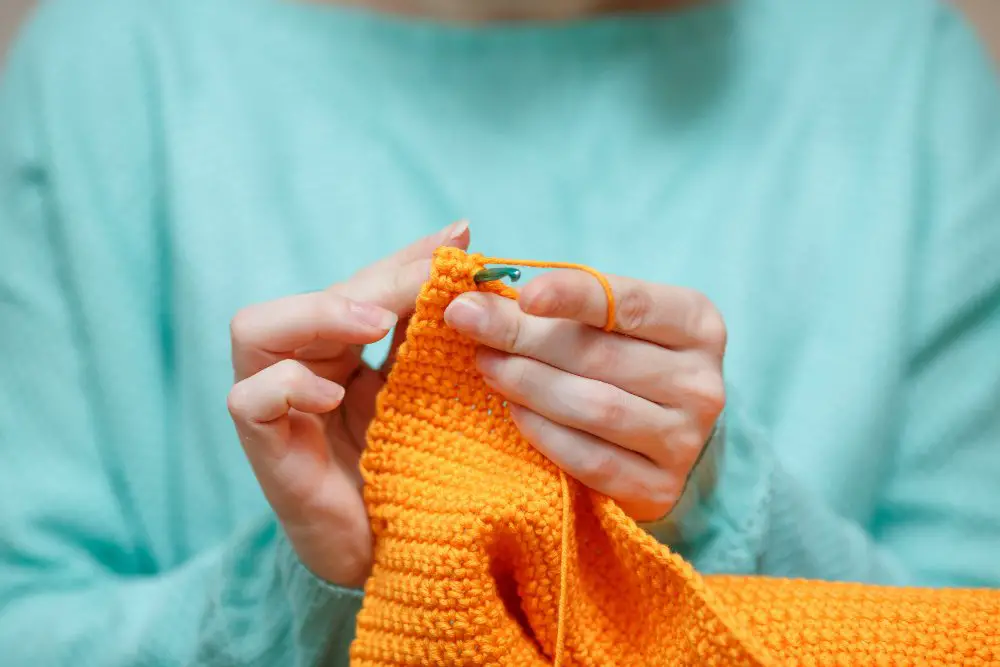
Select thinner yarns. These types use less material per stitch, resulting in less overall yarn usage.
Advantageously plan your project. Choose patterns that are more open, like lace patterns. These designs have wide spaces between stitches, consuming less yarn.
Tension is significant. Keep your stitches loose but consistent. Tight stitches tend to use more yarn.
Mind the hook size. Larger hooks create larger loops and spaces between stitches, which can reduce the quantity of yarn used.
Incorporate lighter stitches. The single crochet stitch is a great example, as it is lighter and uses less yarn compared to other stitches like double or treble.
Implement stitch markers. These will help you count stitches rigorously, preventing needless yarn usage for any extra or unwanted stitches.
Get economical. Practice a stitch repetitively before starting your main project to ensure optimal yarn usage, reducing wastage.
Consider yarn substitution. Light, fluffy yarns can bulk up a project without requiring excess material.
Minimize stitch complexity. Simple stitches often use less yarn than complex ones, like popcorn or puff.
FAQ
Which uses less yarn single crochet or double crochet?
Double crochet uses less yarn compared to single crochet.
Does triple or double crochet use more yarn?
Triple crochet uses more yarn than double crochet.
What is the most lightweight crochet stitch?
The most lightweight crochet stitch is the granny crochet stitch.
How does the choice of crochet stitch affect yarn consumption?
The choice of crochet stitch significantly influences yarn consumption because intricate, dense stitches like the puff or shell stitch typically require more yarn than simpler, looser stitches like the single or double crochet.
Is there a correlation between the complexity of a crochet stitch and the quantity of yarn used?
Yes, generally, the more complex a crochet stitch is, the more yarn it tends to use.
Which factor influences yarn usage more: crochet stitch type or yarn thickness?
Yarn thickness significantly influences yarn usage more than the crochet stitch type.
